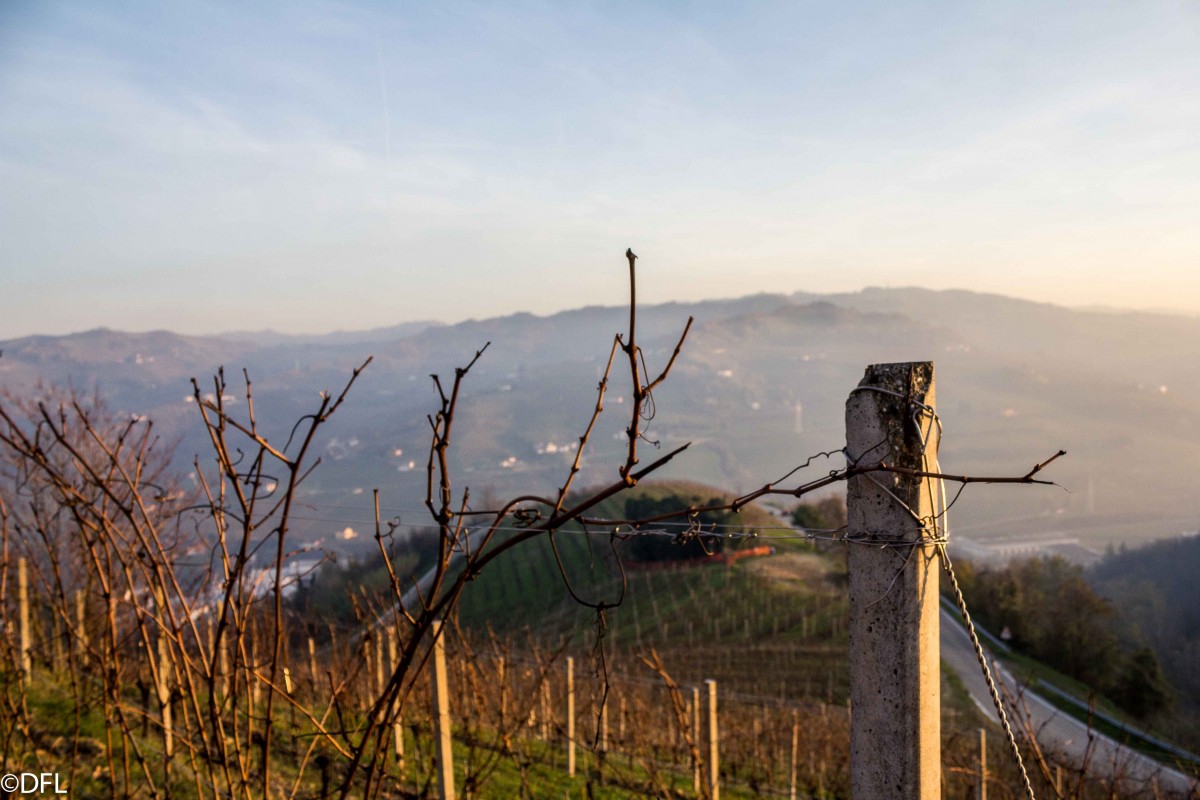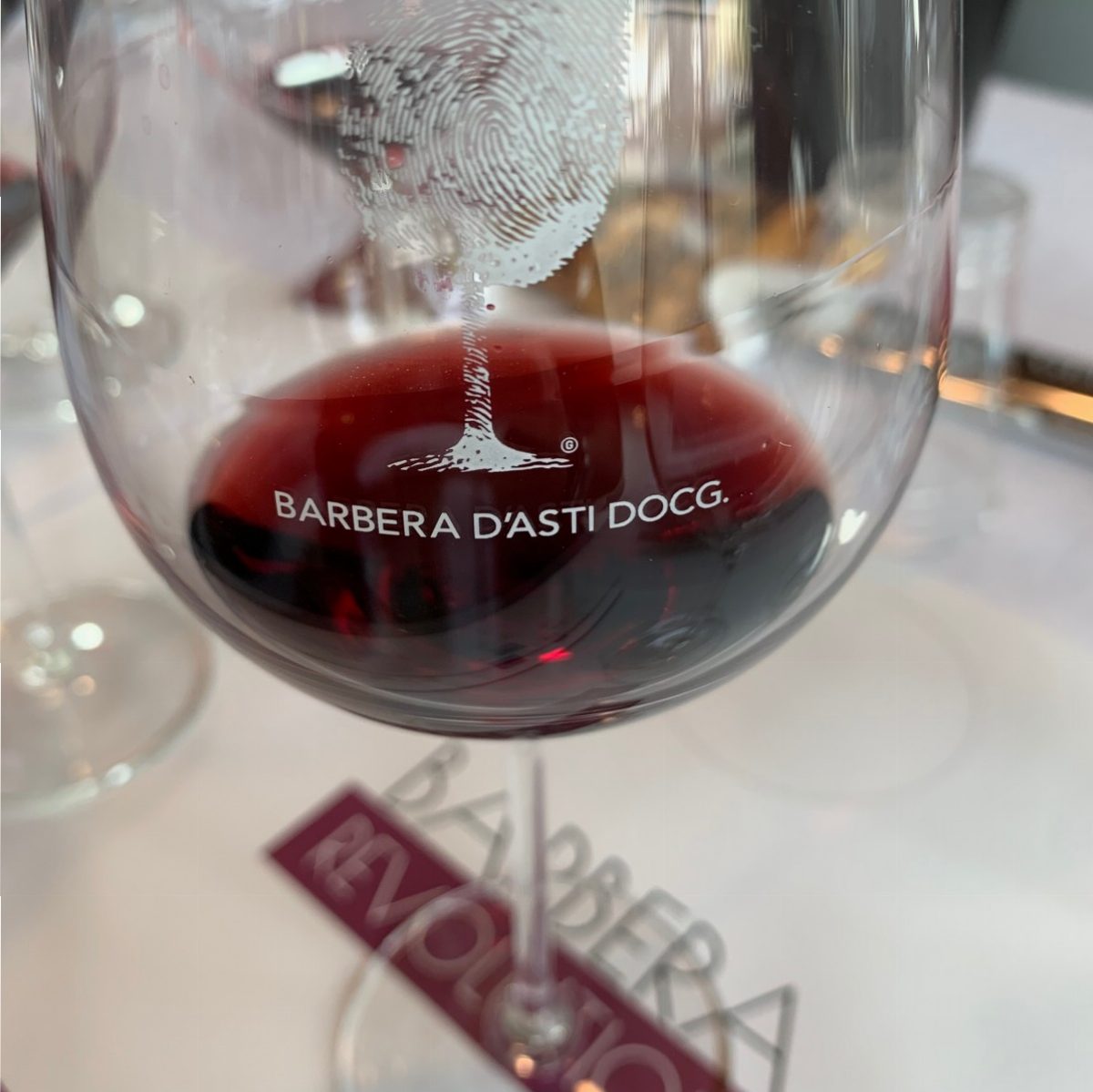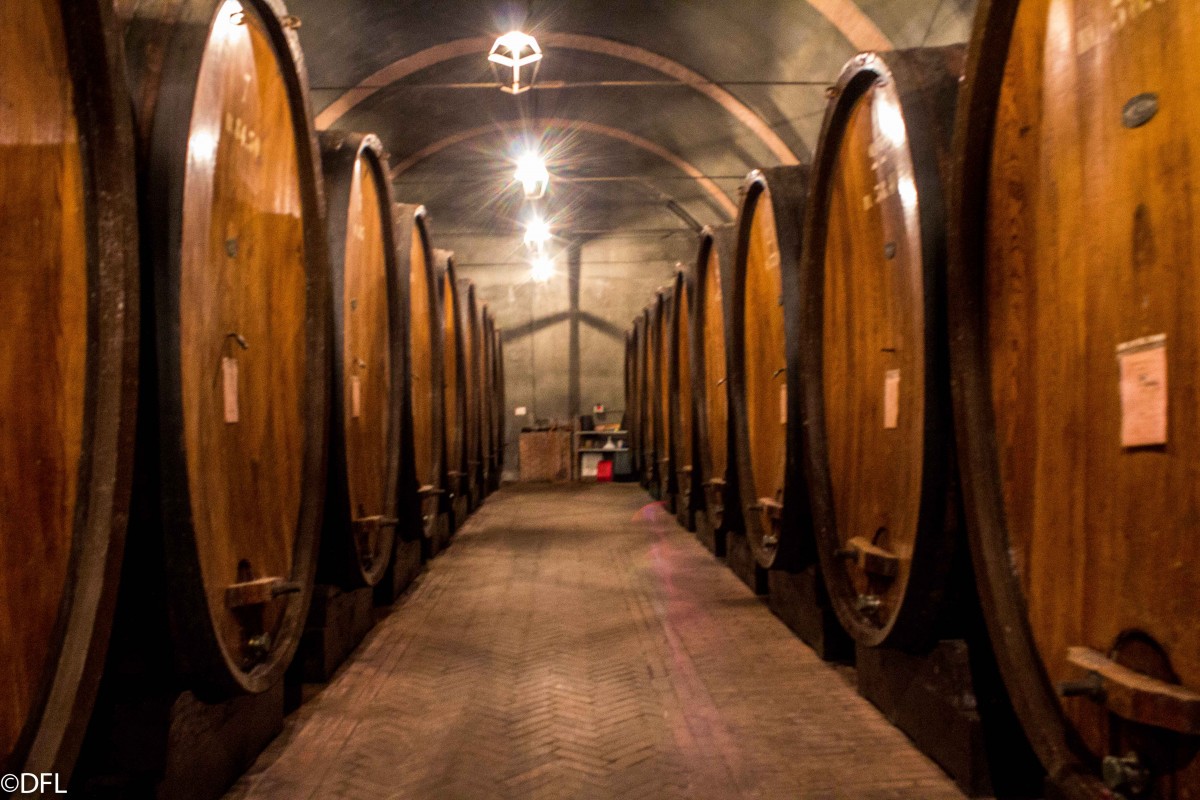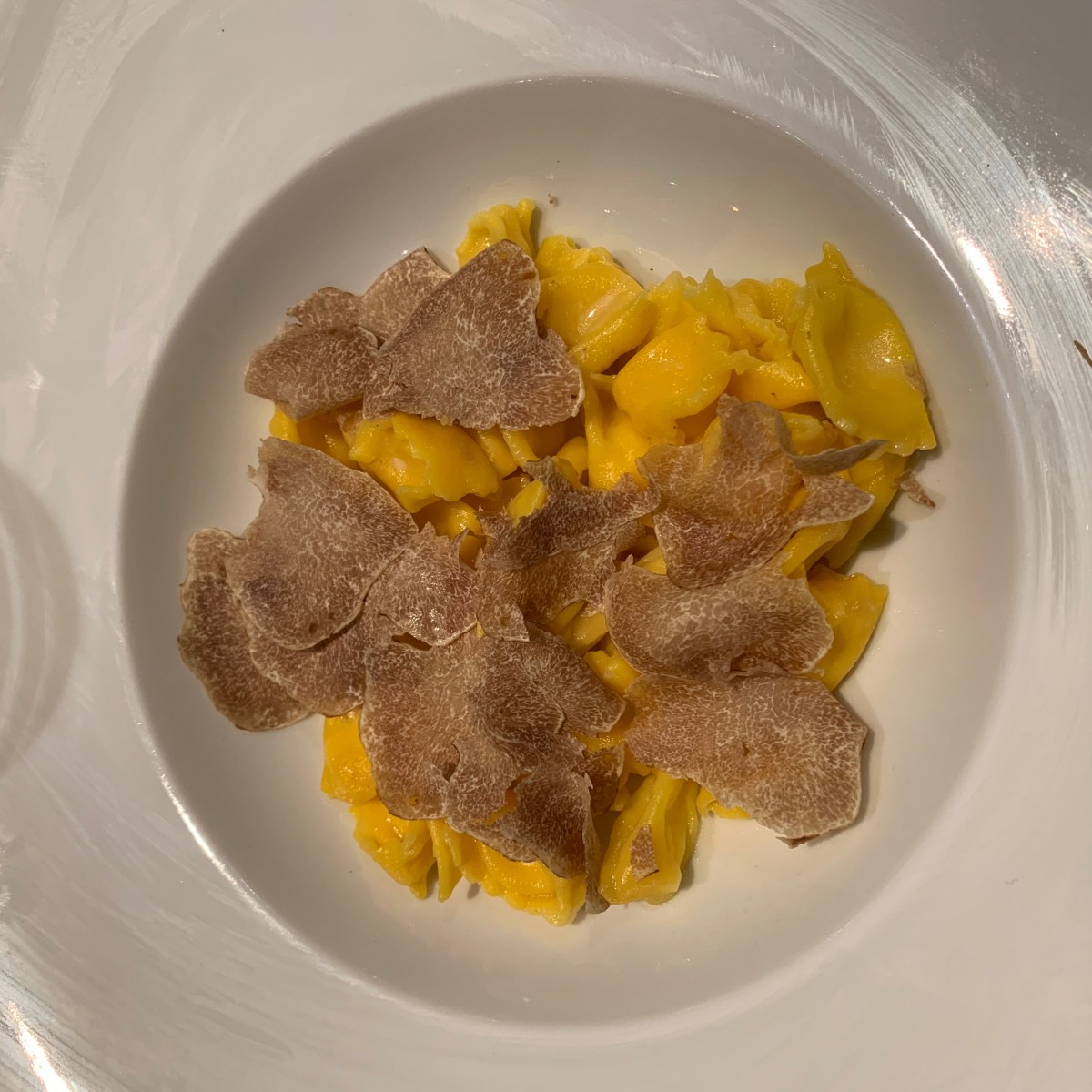
#619
BARBERA D'ASTI
03 Mar 2019 By David Fuhrmann-Lim
Everything You’ve Always Wanted to Know About Barbera Wines, But Was Afraid to Asti.
Barbera d’Asti is the Captain Marvel of wines. Wait, let me make my case. Much like the much maligned and misunderstood super hero, Barbara wines exists for its duality, its twin identities. But I’m getting ahead of myself here.
Barbera used to be a rustic wine, not sure of its place, and served the masses yearning for a basic table wine, an underperforming figure in a world filled with established heroes: The Barolo would be Iron Man, and Barbaresco Spider-Man.

The Barbera was a wine with huge yields, and became under appreciated because it was thin at 12-13.5%, and you don’t get all the flavours, aromas and powers it inherently possessed. But the Barbera gives you the truest expression of Piedmont’s grapes, and usually at half the price. It doesn’t have the bulky backstory of the Barolo and Barbaresco, it’s not burdened by sequels and doesn’t have to play nice with the others. (Side note: Captain Marvel can traverse universes. And because she had an ancient DNA, she’s also built up the fortitude to be quite resistant to common diseases.) Most Barbera vines are very old (more than 100 years) and have survived the ruinous root-eating vine plague of phylloxera aphids from the 19th century, to emerge with new found polish and plush goodness.

Barbera really experienced a growth in the ’80, as producers made a push to improve its quality. They incorporated (then) new concepts like clonal selection, thinning and grape selection. Inside the winery, a modern approach to malolactic fermentation, and the proper use of barrels and barriques to age wines gave birth to a new heroine of Piedmont. It found new life when its power and ability was focused.
Like Captain Marvel, the Barbera is a wine of dual personality. It is a fresh wine that you don’t have to wait to drink, it’s always good to drink and enjoy now, as it generally has low tannins – the steel vat vinified version is great for summer if chilled, and those are good with fish.
But its transformative power is the Barbera Superiore, which follows the trend of making full bodied reds, and those are the ones to keep as wood vatting gives it structure, you can defer and appreciate it in a few years.

The Barbera is a medium vigor wine with high fertility and a constant yield, with robust fruit and acidity. Its distinct flavours of grape fruit, berries, cherries, plummy notes, cooking spice, clove, liquorice, tobacco, underbrush, forest floor, leather, and chocolate makes it ideal for tomato-based Italian cuisine like ragu and pizza.
Sure, you can’t give up the other Italian Bs, but the Barbera is a Piedmont pleasure at half the price, and it’s time to appreciate and marvel something more otherworldly.
The Barbera in Numbers
The Barbera d’Asti is a DOCG appellation (converted from DOC in 2008).
90%: Barbera grapes in the bottle (other 10% must be grapes from Piedmont.)
21 million: Number of bottles produced in 2017, of which 50% was exported.
5,300 hectares: hilly lands in the provinces of Asti and Alessandria that grow the grape.
167: municipalities in the above provinces.

6: minimum months in oak barrels.
2: types of soils here, the white soils (more ancient and more calcareous, rich in calcium carbonate, silt and clay), and the Asti area sands (marine sedimentary deposits – wines from this area have less acidity and age more quickly.)
Bluffer’s Guide to Recent Vintages:
2014 was cool and wet, 2015 hot and dry.
2016 started hot and dry, then there was lots of rain in the second half of August to September, thereafter warm weather encouraged grape ripening. The grapes had high sugar and good acidity levels, considered an excellent vintage. It will age well, perhaps good to cellar for a some 10-15 years.
2017 was a warm year, a terrible year in terms of climate, hail, frost and drought – it was challenging. It’s like a Ben Affleck movie – to be avoided.
September is the most important time for the grape, as the period requires a more gentle heating sunlight, not a scorching blanket. (Micro climates will affect the grapes, and variations of even around 15ºC is the difference between a great or grating vintage.)

When to Visit Piedmont
Truffle season is October and November.
Visit from April to June and you can avoid the seasonal crowds.
In July there is an annual Collisioni festival of music, culture and literature.
Many thanks to Consorzio Tutela dell’Asti for organising our trip.
Like this? Visit this Italian wine bar – inside a cave

You might be interested in...
DRINK THIS: GLEN GRANT 60 YEAR OLD
Worth the Wait.
CLUB UNSEEN BY STUDIOPEPE
Studiopepe Celebrated 1970s Glamour With Secret "Members' Club" in Milan. The Pop-up is Gone Now, But Can Someone Please Recreate It? Please?
PROWINE ASIA (SINGAPORE) 2018 - LOCK, STOCK, BARREL
9 Spirits, Wines (And Other Stuff) We Really Liked at ProWine Asia 2018.
DRINK THIS: GLEN GRANT 60 YEAR OLD
CLUB UNSEEN BY STUDIOPEPE
PROWINE ASIA (SINGAPORE) 2018 - LOCK, STOCK, BARREL